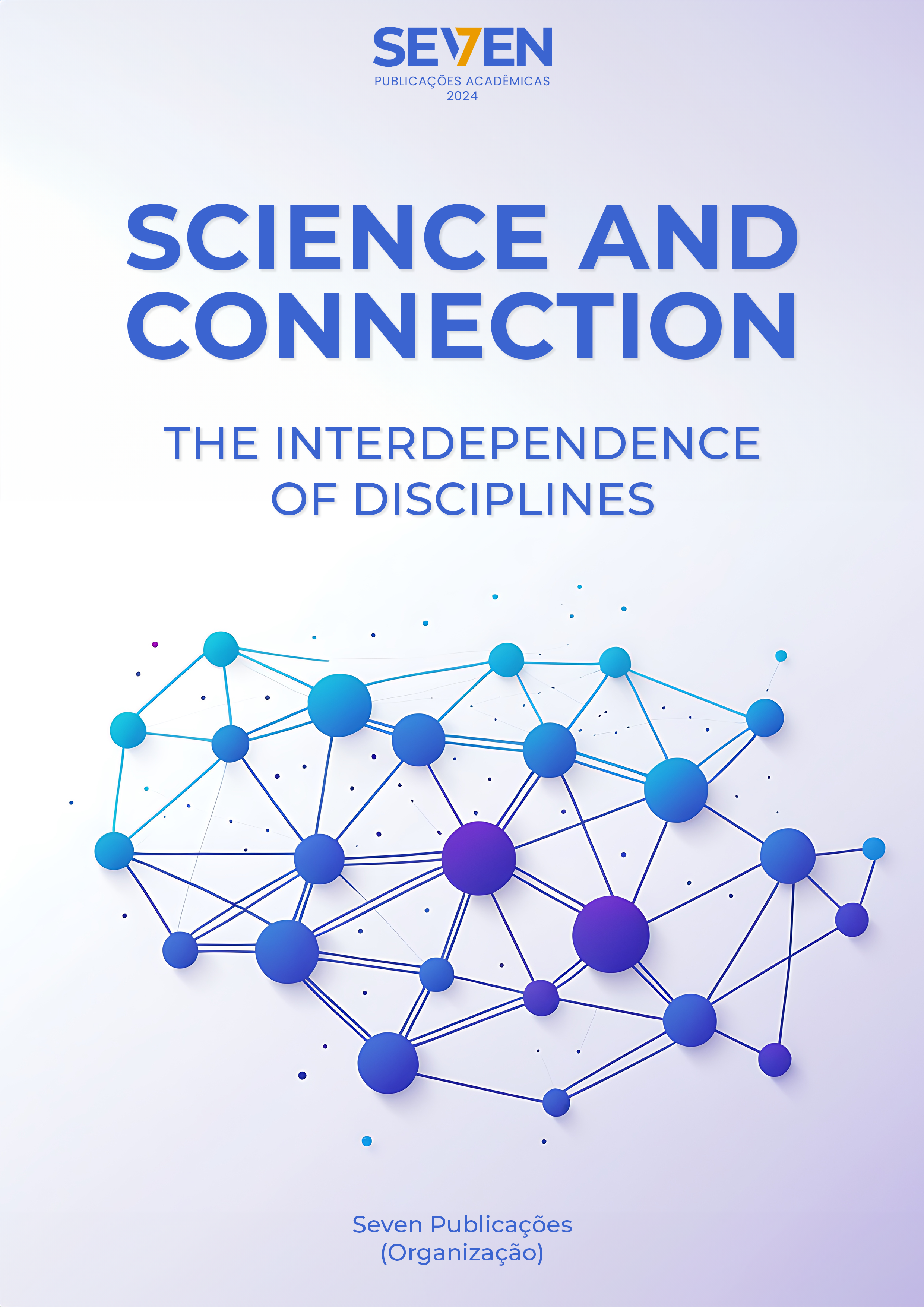DEVELOPMENT OF A SYSTEM FOR IDENTIFYING THE QUALITY OF DIESEL OIL PRODUCED BY AN OIL INDUSTRY
Keywords:
Digital Image Processing, Image Subtraction, MedianAbstract
Diesel oil is the most widely used fuel in the Brazilian highway system. Controlling the technical specification parameters of this oil is of utmost importance for the oil industry, and the color and appearance of the product are some of the main parameters in this process. This paper presents an application of the median in digital image processing, the objective of which is to identify, among the various images of the diesel color scale, the appropriate quality or not of the oil produced. For this purpose, samples of diesel oil with their respective color gradations, ranging from 1.0 (lightest) to 8.0 (darkest), with variations in brightness, contrast, and saturation, were used. To analyze the performance of this identification, the median values of each of the following components were used: Y, YDifference, Cb, Cr, R, G, and B, as well as a comparison threshold for each of them, to classify the test sample as approved or failed oil. According to experimental results, using the YDifference, Cb, and Cr components, the accuracy, precision, and sensitivity (recall) were all equal to 100% and the false negative rate was equal to zero. Using YCbCr, a false negative rate of zero and an accuracy of 99.48% were also obtained. In the case of RGB, the false negative rate was less than 1% with precision and sensitivity equal to 99.07%.
Downloads
Published
Issue
Section
License
Copyright (c) 2024 Diorge Ramon Andrade Brito, Eliel Silva de Souza, Francisco Heraldo Correa Costa, João Paulo Santa Rita Neves, Thaiane Naiara Siqueira de Jesus, Willians Lira da Costa, Jozias Parente de Oliveira, Israel Gondres Torné

This work is licensed under a Creative Commons Attribution-NonCommercial 4.0 International License.





